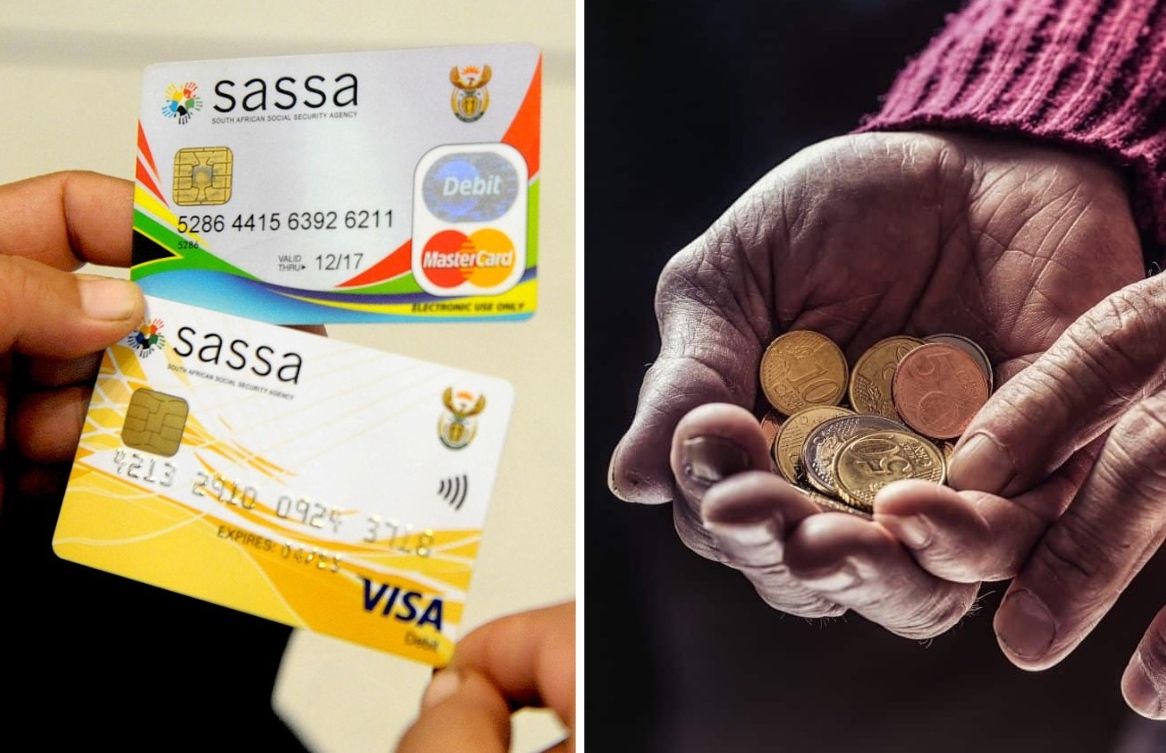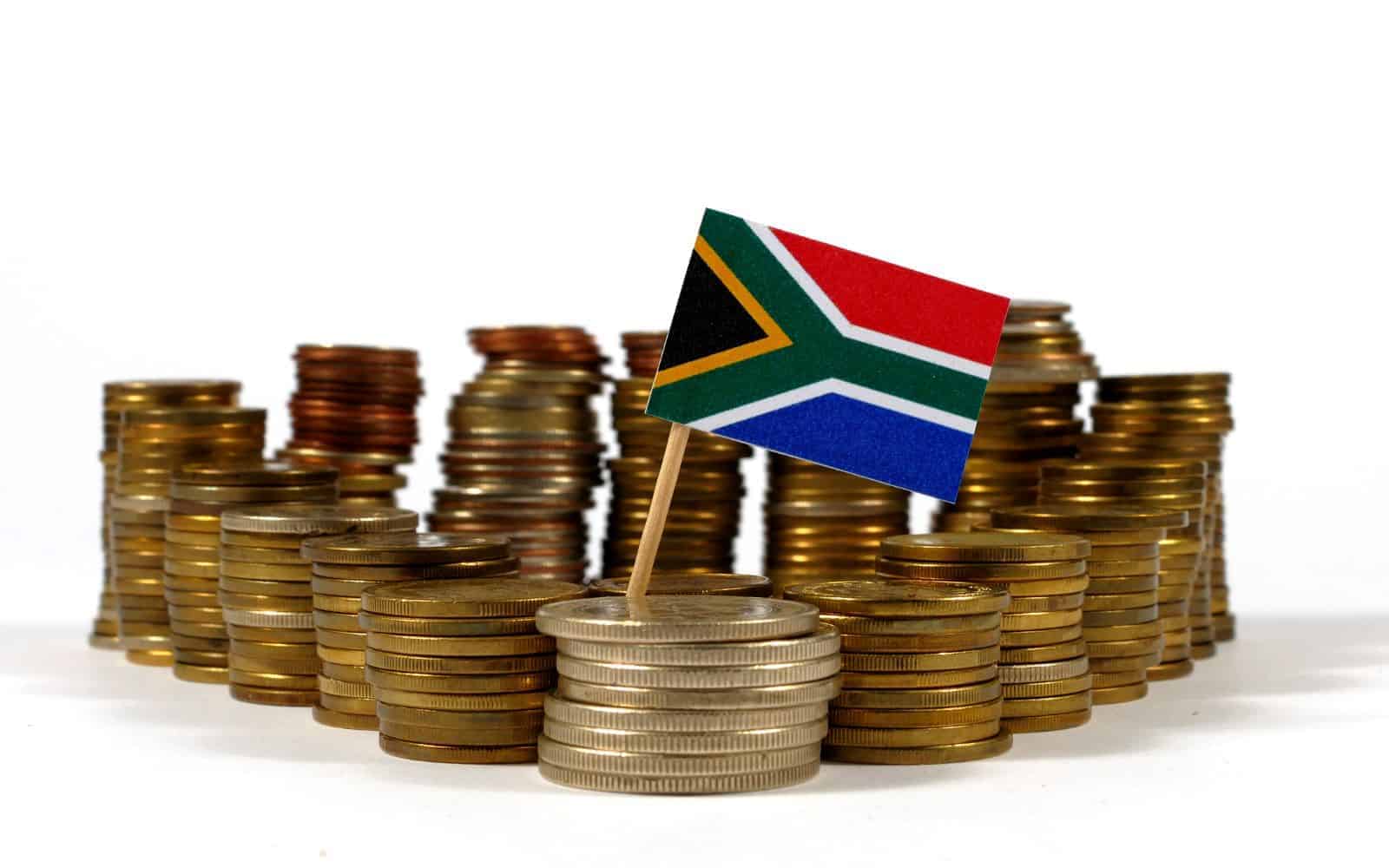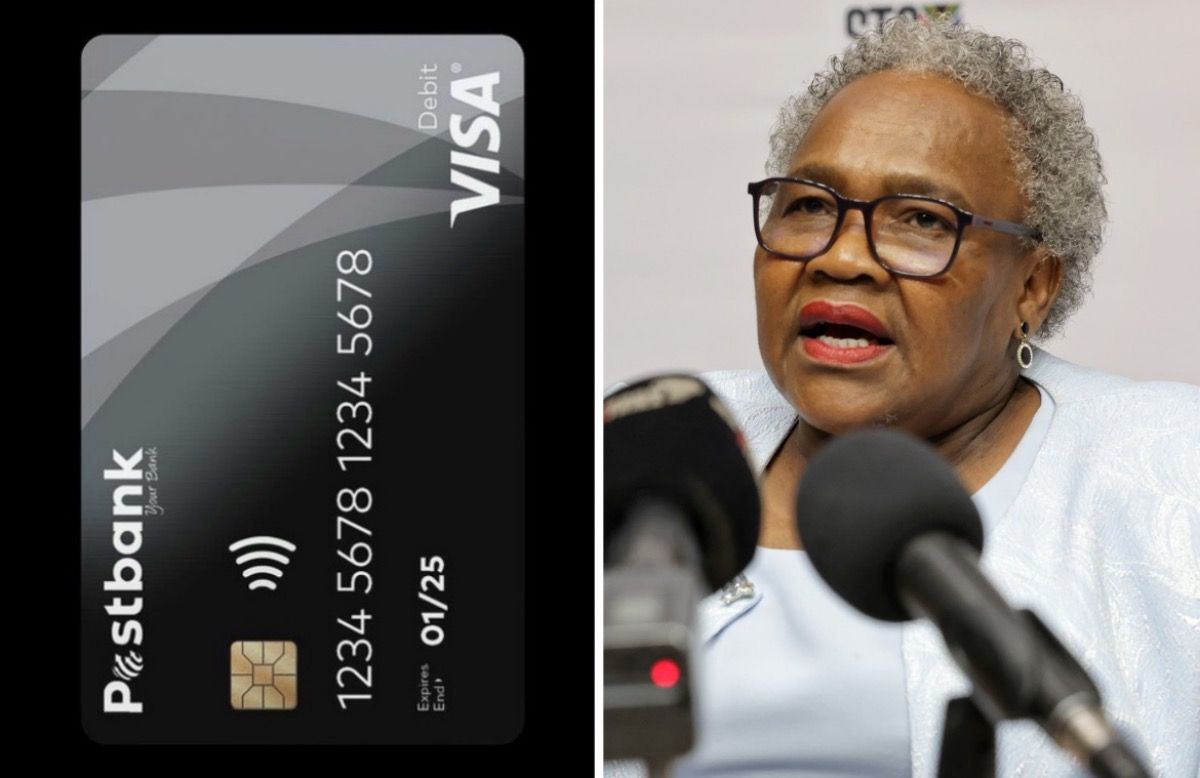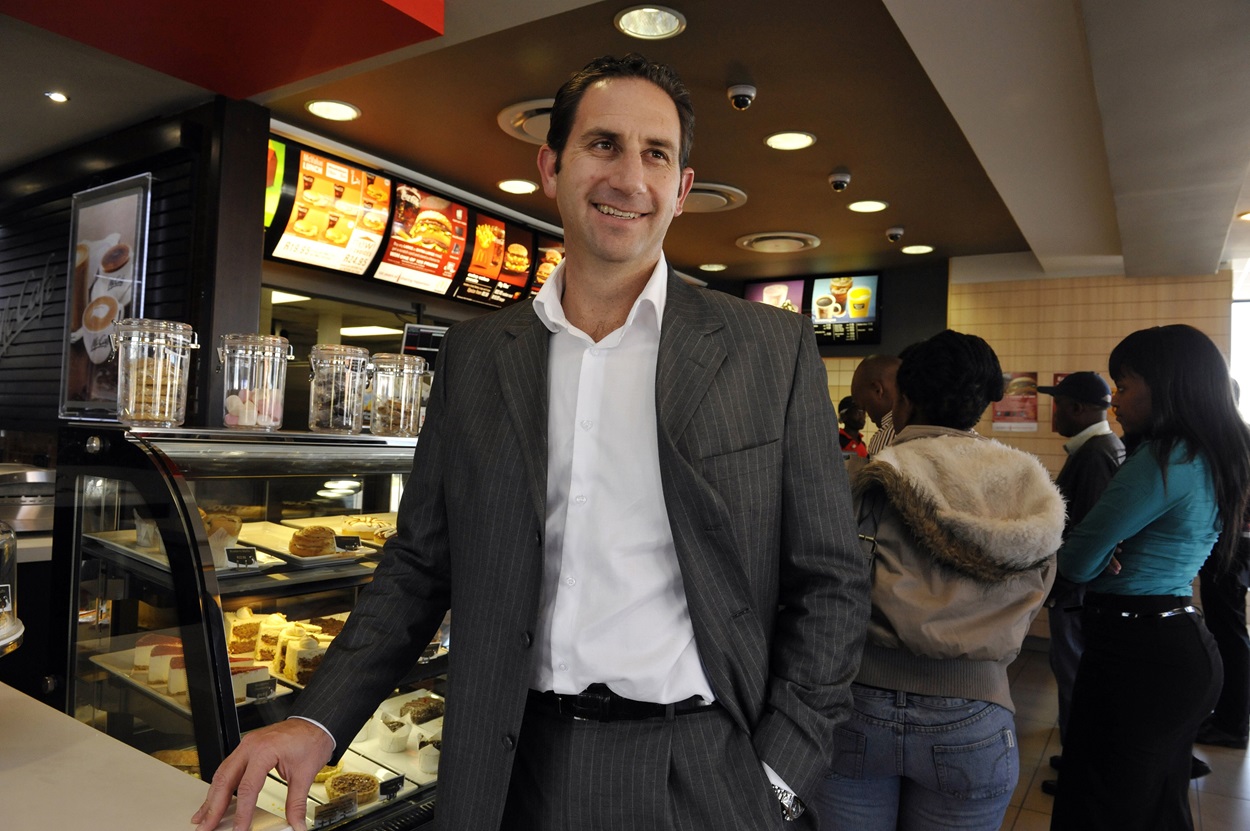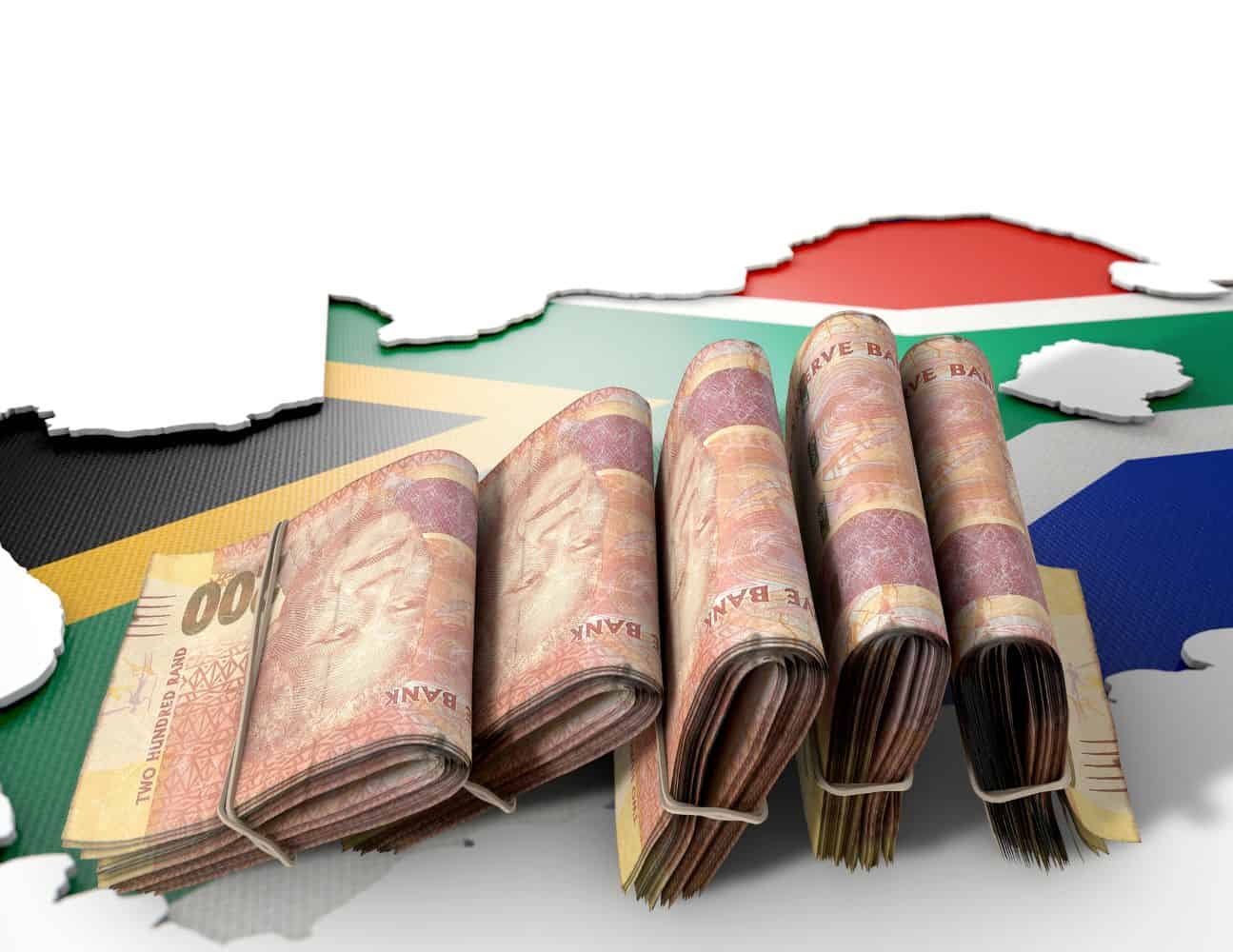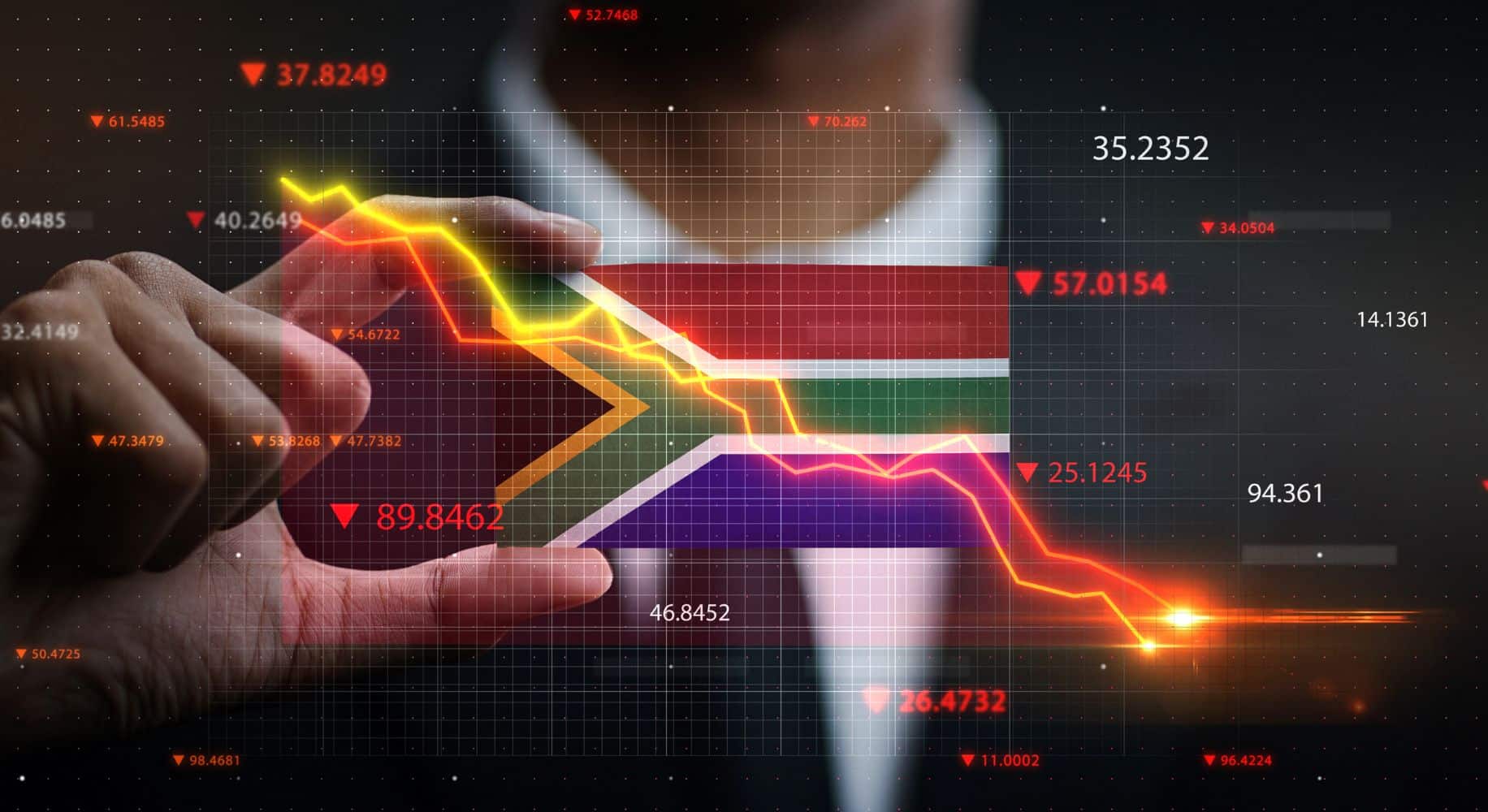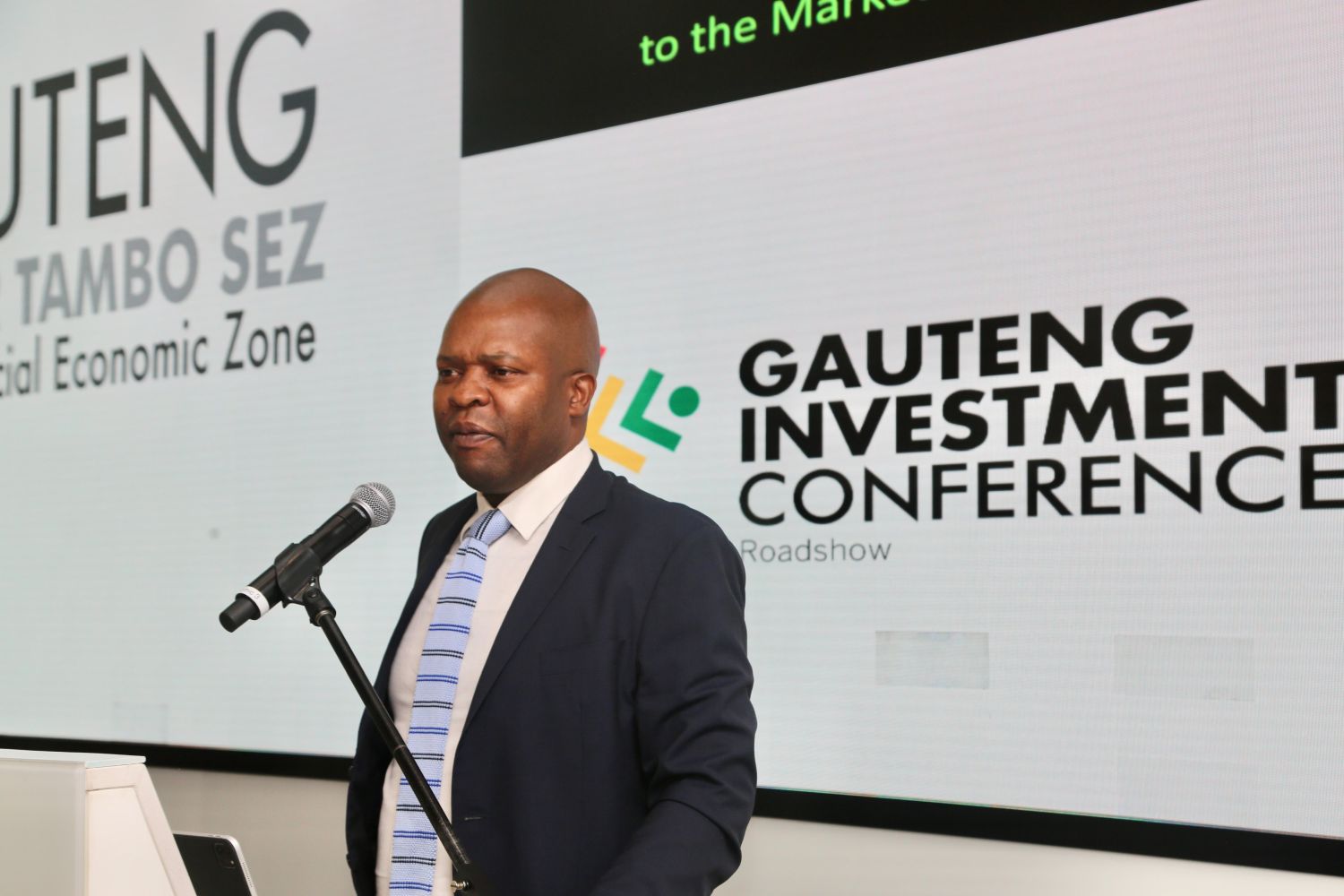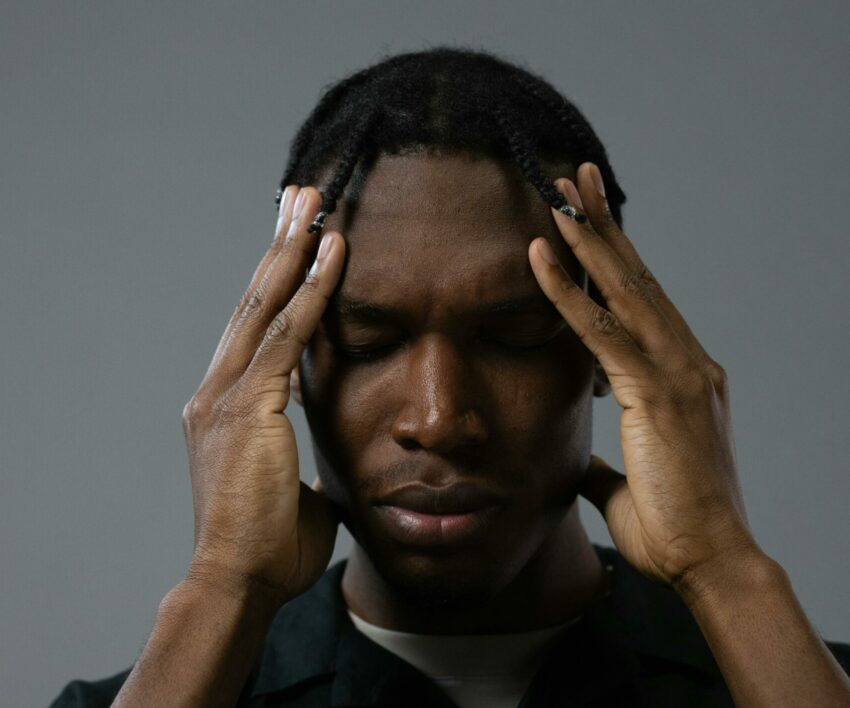Consumers are facing many challenges to afford the basics these days, which means they are broke days before their salaries are paid.
The current cost-of-living crisis is evident in banking data that shows how many people run out of money long before month-end.
Nearly half of salary earners are left with less than R1 000 or have negative balances by payday according to a Standard Bank analysis of data from over 402 000 individuals who receive their salaries on popular payment dates mid-month, on the 25th and on the last day of the month.
The data showed that 21% of the 402,000 individuals had R1 000 or less left in their accounts the day before payday, while 28% had negative balances or were using overdrafts. Only half had more than R1 000 in their accounts.
Kabelo Makeke, head of personal and private banking at Standard Bank South Africa, notes that while this insight seems discouraging, there are effective strategies to help people manage their money better.
“This situation highlights the growing challenge of balancing income with lifestyle in today’s fast-paced world. However, it also presents an opportunity for consumers to take proactive steps towards financial resilience.”
ALSO READ: How to use your pay cheque to get financial freedom
Middle-income earners as well as high-income earners in trouble
The data shows that emerging middle-income earners had the highest percentage of customers with less than R1 000 or in the red, but private banking customers are not exempt either, with one in ten customers having a negative balance before payday.
Makeke says this trend may also be influenced by the increasing availability of overdraft facilities.�
“Many customers hold accounts with multiple banks, which can lead to misinterpretations of their financial health. They may be transferring money to savings accounts elsewhere closer to payday, demonstrating a potential for better financial management.”
However, he says that where customers are really living with no financial buffer because they spend large portions of their monthly income early in the month, leaving little to cover unexpected expenses, closing the salary-lifestyle gap is crucial.
“The challenge of balancing income with lifestyle appears to increase as people earn more, with more individuals falling into the trap of lifestyle inflation.”
It is therefore clear that people must close the salary/lifestyle gap. Although high-income earners often enjoy more disposable income, Standard Bank’s findings show they are also more susceptible to negative balances, raising awareness about lifestyle inflation, a phenomenon where increasing income leads to higher spending that often outpaces earnings.
“As incomes increase, it is easy to fall into the trap of spending more, which can create a cycle of debt. However, breaking this cycle is possible,” Makeke says.
ALSO READ: No proper financial planning equals frivolous spending
How to narrow the money gap between your salary and your lifestyle
He says people should make small, consistent changes, such as tracking expenses and creating a budget aligned with future goals to narrow the salary/lifestyle gap.
“These steps can free up funds for emergency savings or to pay off high-interest debt. Prioritising emergency savings helps reduce reliance on credit, making it easier to manage unexpected expenses.”
Makeke says this Standard Bank analysis highlights how important it is to manage your spending habits to achieve month-to-month financial stability and a secure financial future.


